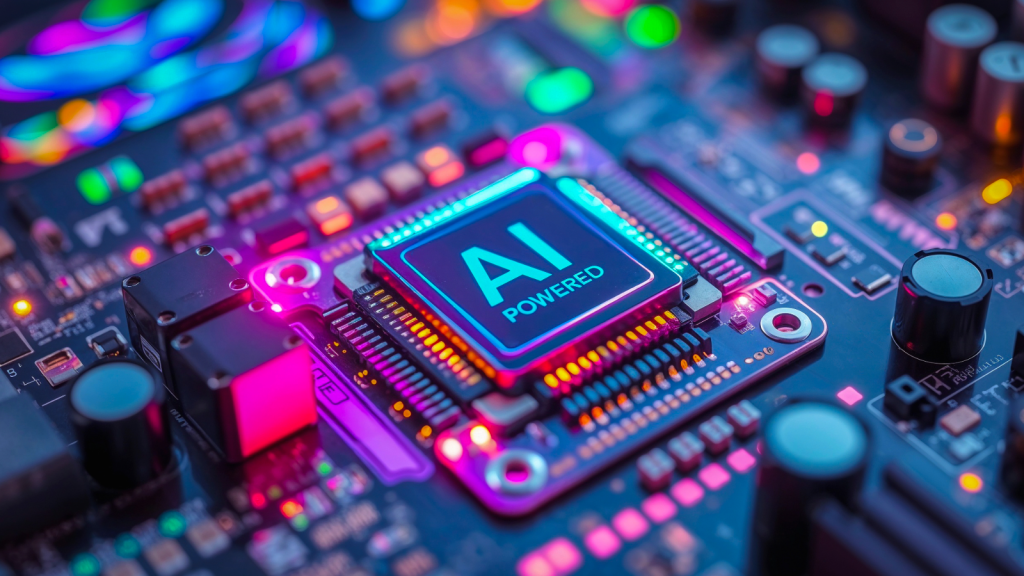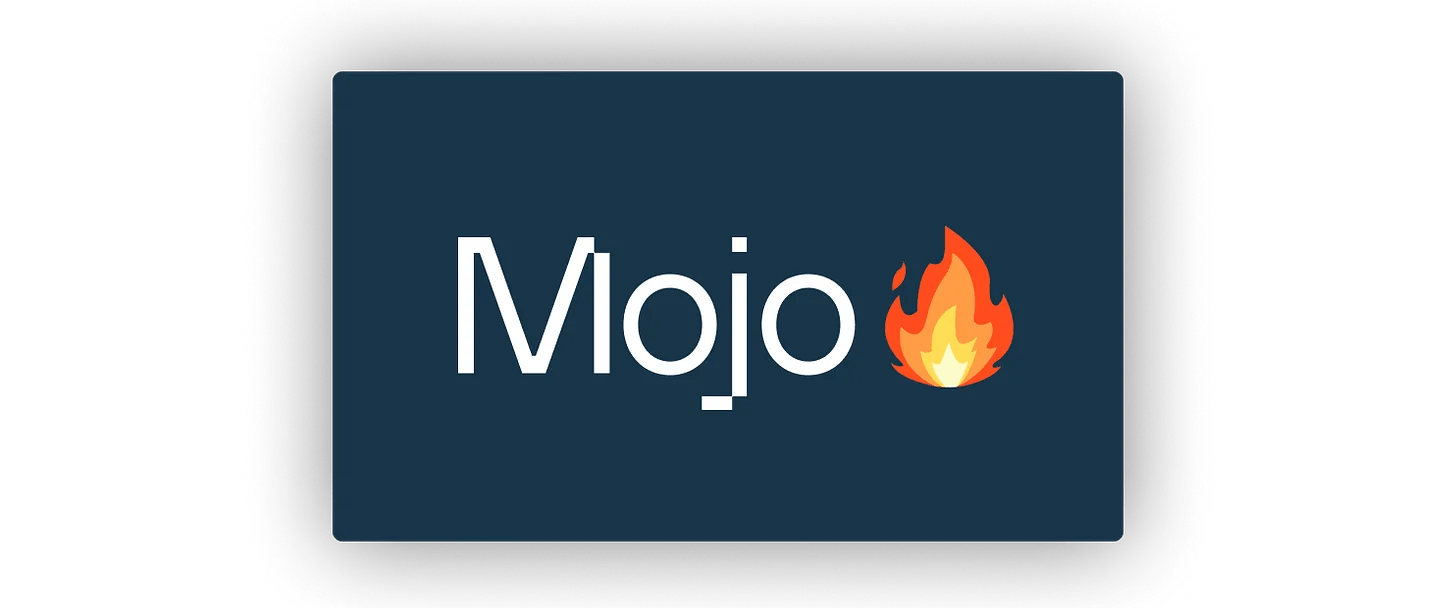It’s trained on 120 million market data points – and it’s rewriting the rules of short-term trading.
The first time I laid eyes on a mainframe computer, I felt like I’d been handed the keys to the future.
It was the late 1970s. I was studying finance at Cal State Hayward. One of my professors had a consulting gig with Wells Fargo, and he invited me to help him run some models using the bank’s mainframe.
Up to that point, the flashiest tool I’d used was a slide rule.
Suddenly, I had access to institutional-grade computing power – and I was hooked.
But what really changed everything was what I discovered next.
I was building a model portfolio designed to track the S&P 500, but using only 320 stocks.
Only it didn’t just track the index. It beat it.
That wasn’t supposed to happen. Not according to the academic theories of the day, at least.
So, I dug deeper. I ran the numbers. And found a pattern that changed the course of my career.
See, some stocks move independently of the broader market. They had their own rhythm, their own signal. And when you isolated them early, they had the potential to deliver outsized returns.
I’ve used this core insight to build quant-driven models that have powered some of the most successful investment advisories in America.
It’s helped me deliver returns most investors didn’t think possible – and do it consistently.
For instance, my Growth Investor advisory service (previously named Blue Chip Growth) more than doubled the average return of the S&P from 1998 to 2024.
But through all those years, there was one tool I never had access to – artificial intelligence.
Not when I was learning the ropes. Not when I was building my first models. And certainly not when I was publishing out of my garage.
Which is why what I’m about to share with you is so important.
You see, I’ve just tested a next-generation trading system built on a new kind of financial AI.
It’s called TradeSmithGPT. It’s built by my colleague Keith Kaplan and his team of top data scientists and programmers over at TradeSmith, our corporate partner. And it’s nothing short of incredible.
It can compress years’ worth of stock market gains into a matter of weeks… with backtested gains as high as 776% in just 17 days.
So, in today’s Market 360, I want to spend some time talking about just how powerful this system is and invite you to learn more about it tomorrow at 10 a.m. ET (register instantly here).
And because I want every reader to understand just how easy it is to put this AI system at their fingertips, I’ve arranged access to a “lite” version of TradeSmithGPT for you to try.
Let’s dive in…
This Trading Tool Learns From Its Mistakes
By now, you’re probably used to ChatGPT and other Large Language Models (LLMs) such as Google’s Gemini and Elon Musk’s Grok.
They’ve been trained to spot patterns in billions of written words from books, articles and websites to understand and generate human-like text.
TradeSmithGPT is what you might call a Large Numbers Model.
Instead of being trained to spot patterns in words, it’s trained to spot patterns in 120 million stock market data points. It draws on 4.2 million historical price outcomes over seven years for more than 2,400 stocks.
The system also looks at 88.9 million daily forecasts. These cover 21 forecast days, for each of these stocks, on every trading day.
And it learns from these forecasts.
For every prediction it makes, it tracks how accurate it was. Over millions of these predictions, it builds a reliability score. As Keith explains it…
Think of it like a weather forecaster who says, “There’s 80% chance of rain tomorrow.”
Weather forecasters don’t have crystal balls. Instead, they harness the power of statistical probability. What they mean is that, in a given area, under similar atmospheric conditions, it rained 80% of the time in the past.
And like TradeSmithGPT, these forecasting tools are calibrated based on how accurate they’ve been in that region over time.
For example, if every time they forecast an 80% chance of rain in New York… and it only rained 50% of those days… the model will get recalibrated.
That’s part of why weather forecasting has gotten dramatically more accurate in the last couple of decades – it’s machine learning in action.
Specifically, Keith’s AI-powered trading tool looks for “profit windows” – ideal timeframes to trade a stock on any given day.
For example, today, Tesla could have a 6-day window. Apple could have a 15-day profit window. And Microsoft could have a 10-day window.
These are times when Tesla, Apple and Microsoft tend to move the most. Even better, these moves don’t have to be to the upside.
All the system looks for is times when stocks tend to move a lot. Then it figures out how to place trades – bullish or bearish – to profit from those moves.
That means it can deliver profits no matter what the market is doing.
For example, in backtests, this system flagged gains of…
- 89% in 1 day…
- 153% in 18 days…
- 339% in 18 days…
- 432% in 5 days…
- Even 776% in 17 days.
To be clear, these are historical simulations, not guarantees. But as someone who’s built quant systems since the 1970s, I can tell you – this is the real deal.
Which is why I’m urging you to clear your schedule for tomorrow, June 25 at 10 a.m. ET.
That’s when Keith will reveal exactly how this breakthrough AI tool works — and how you can start using it immediately.
This event isn’t open to the public. But as a Market 360 reader, you can claim a private access link automatically right here.
Even better – when you sign up, you’ll get access to a “lite” version of TradeSmithGPT so you can test it yourself.
When you see what it’s capable of, you may never need another trading software again.
Sincerely,

Louis Navellier
Editor, Market 360









